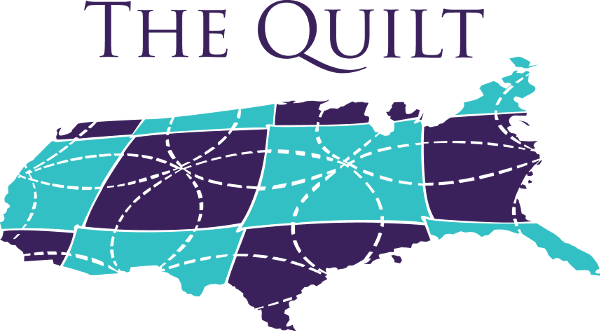
The Quello Center at Michigan State University, with the leadership of Quilt member Merit and working in collaboration with five other non-profit research and education networks from The Quilt member community, have released findings for wireless solutions to better connect communities and institutions in a new report: Wireless Innovation for Last Mile Access, or WILMA.
The Quello Center at Michigan State University undertook a six-month project for research and education networks (RENs) to examine wireless solutions for last-mile access to broadband Internet services. The initiative sought to support research on wireless solutions for the last mile as a means to better connect communities and institutions. The project was titled Wireless Innovation for Last Mile Access, or WILMA.
WILMA was led by Quilt member Merit, in Ann Arbor, Michigan, working in collaboration with five other non-profit research and education networks from The Quilt member community. Joanna Young, former CIO and Vice President of Michigan State University, and Merit President and CEO Joseph Sawasky were instrumental in engaging the Quello Center to support this research.
“We were delighted to continue the traditions of collaboration and innovation, by working with several sister Quilt R&E networks and MSU’s Quello Center, studying the potential of advanced wireless networks for difficult last-mile and mobility applications,” said Sawasky. “Our work covered the spectrum of regulation and business cases, and now provides a foundation of knowledge for real-world R&E applications.”
A key question facing many broadband providers as well as policymakers today is how wireless technologies can be used to best leverage fiber backbone networks and cost-effectively extend high-speed connectivity deeper into the nation’s still-underserved communities, such difficult to reach rural areas as well as underserved urban areas. The Quello Center developed a policy-oriented analysis to foster a better understanding of the combination of spectrum resources and business approaches that could be used to achieve that goal with the non-profit research and education missions. The Quello Center’s research team combined two complementary approaches, which you can read about here.
The report has received a very favorable response and has been distributed after being released at the beginning of the year to various interviewees as well as a number of FCC staff and officials.
Don Means, Community ICT consult at DigitalVillage.com and the Gigabit Libraries Network, called this work “impressive” and “covers more than only TVWS, but places a range of wireless technologies in the context of need and rural infrastructure economics as well as against the backdrop of fiber capacity.”
The research team included: Professor Bill Dutton, director of the Quello Center, led the project. Co-principals included Aleks Yankelevich, an economist, who led the spectrum analysis, and Mitch Shapiro, a telecommunications specialist, who led the case-level analyses. Additional support for the Quello team was provided by Kendall Koning, J.D., in the Department of Media and Information within MSU’s College of Communication Arts and Sciences, and Professor Tongtong Li from MSU’s College of Engineering. Dr Li specializes in the design and implementation of 3G and 4G systems, with a focus on security.
For additional information about the project, contact us or email Quello@msu.edu.
